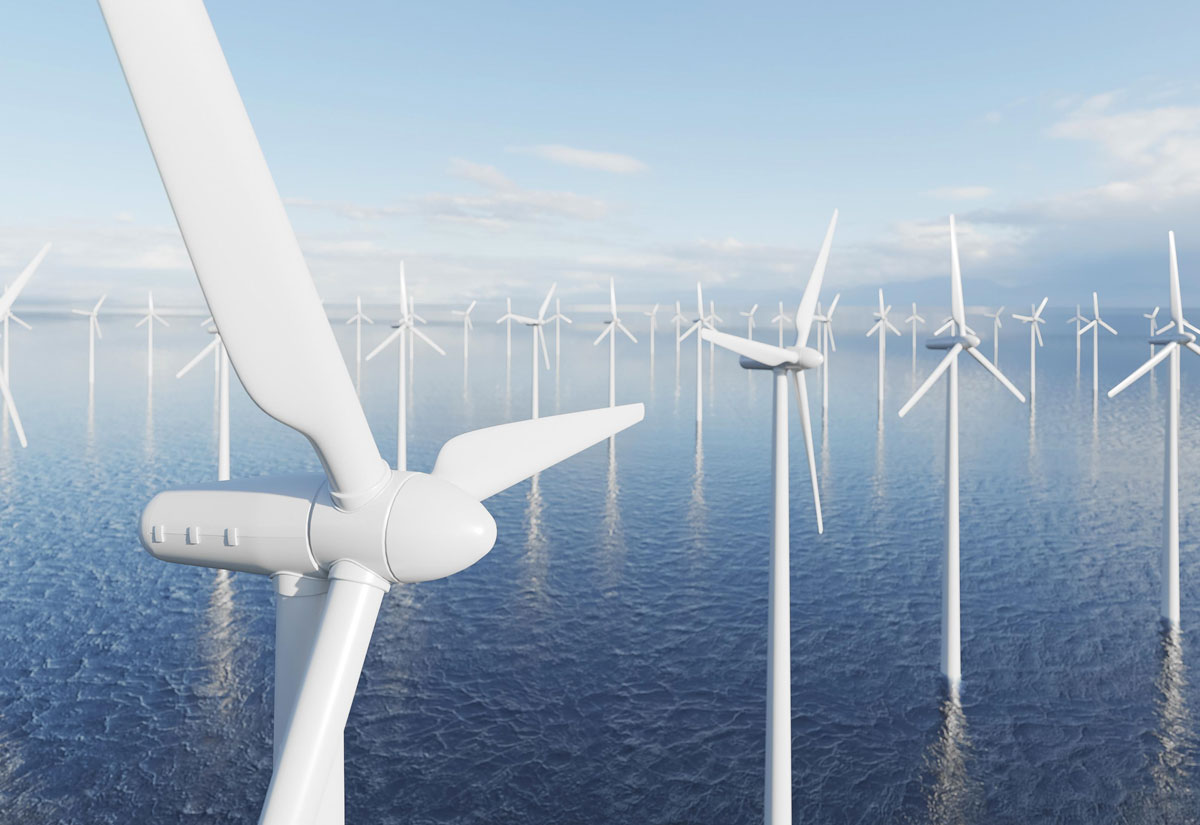Charge Controllers
The solar charge controller sits between the solar panels and battery bank and prevents overcharging of batteries by limiting the amount and rate of charge to …

Do I need a charge controller?
Yes, charge controllers are a critical part of solar installations. The only exception to needing a charge controller is if you have small panels smaller than five watts.
What are the different types of charge controllers?
There are two types of charge controllers to consider: Pulse Width Modulation (PWM)
What size charge controller do I need?
Charge controllers are sized based on the solar array’s current and the solar system’s voltage. You typically want to make sure you have a charge controller that is large enough to handle the amount of power and current produced by your panels. If your solar system’s volts were 12 and your amps were 14, you would need a charge controller that had at least 14 amps. However due to environmental factors, you need to factor in an additional 25%. This brings the minimum amps that this charger controller must have to 17.5 amps. In this example, you would need a 12 volt, 20 amp charge controller.
Charge Controller 50A
Solar System Controller, Charger Controller, Lighting Controller
Charge Controller MPPT 60A 80A
Solar System Controller, Charger Controller, Lighting Controller
Charge Controller 48V 36V 24V 12V
Solar System Controller, Charger Controller, Lighting Controller
We feature a wide range of both MPPT and PWM solar charge controllers. See the BlueSolar and SmartSolar Charge Controller MPPT – Overview. In our MPPT model names, for example MPPT 75/50, the first number is the maximum PV open circuit voltage. The second number, 50, is the maximum charge current. Use our MPPT Excel sheet or our Online MPPT Calculator for PV sizing calculations.

